1. Page Formatting
1.1. Border Art
1.2. Adding date & Time
1.3. Headers & Footers
1.4. Including bookmarks for Navigation (including page numbers)
1.5. Page orientation
1.6. Page size
1.7. Change margin size
1.8. Page backgrounds
1.9. Using columns
1.10. Layering text and images
1.11. Watermarks
2. Links to other software
2.1. Embedding graphs from Excel
2.2. Using the research tool
3. Printing
3.1. Double sided
3.2. Folding publications correctly
3.3. Pagination
4. Audience
4.1. Importance of consistency of design
4.2. Importance of front cover impact
5. Alternatives to Publisher
6. Lesson / project ideas
7. Introduction
7.1. What is DTP?
7.2. How is DTP used in the 'real world'?
7.2.1. Job Roles
7.2.1.1. Reporter
7.2.1.2. Editor
7.2.1.3. Sub-editor
7.2.1.4. Photographer
7.3. Advantages of using DTP
7.4. Disadvantages of using DTP
7.5. Differences between DTP and WP
7.6. Similarities between DTP and WP
8. Basics
8.1. Using templates
8.1.1. Most popular templates
8.1.2. How to choose a template
8.1.3. Creating your own template
8.1.3.1. What is 'house style'?
8.1.4. Using 'change template' to quickly change a template
8.1.5. Using colour schemes
8.1.5.1. Built in vs Customise
8.1.6. Using font schemes
8.1.6.1. Built in vs Customise
8.1.6.2. Formatting fonts
8.1.7. Using the master page
8.2. Pages
8.2.1. Adding
8.2.1.1. Including catalogue pages
8.2.2. Deleting
8.2.3. Moving
8.2.4. Renaming
8.2.5. Changing page view
8.3. Planning publications
8.3.1. Evaluating 'real world' examples
8.3.2. Creating a draft
8.4. Posters vs Full Page
9. Inserting
9.1. Text Boxes
9.1.1. Overflow
9.1.2. Linking text boxes
9.1.3. Find & Replace
9.1.4. Text from other files
9.1.5. Spell checker
9.1.6. Theasaurus
9.1.7. Using lists
9.1.7.1. Customise
9.1.7.1.1. Bullets
9.1.7.1.2. Numbered
9.1.8. Line spacing
9.2. Shapes
9.2.1. Formatting
9.2.2. Inserting an image inside a shape
9.2.3. Inserting text inside a shape
9.3. Images
9.3.1. Clipart
9.3.2. Internet
9.3.3. Photos
9.3.4. Non ICT
9.3.5. Using placeholders
9.3.6. Formatting
9.3.6.1. Using crop
9.3.6.2. Compressing images to reduce file size
9.3.6.3. Wrapping text around an image
9.3.6.4. Resizing
9.3.6.5. Rotating
9.3.6.6. Flipping
9.3.6.7. Mirroring
9.4. Tables
9.4.1. Styles
9.4.2. Alignment
9.4.3. Formatting
9.5. Calendars
9.6. Advertisements
9.7. WordArt
9.7.1. When to use vs 'normal' text
